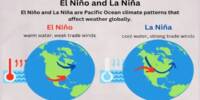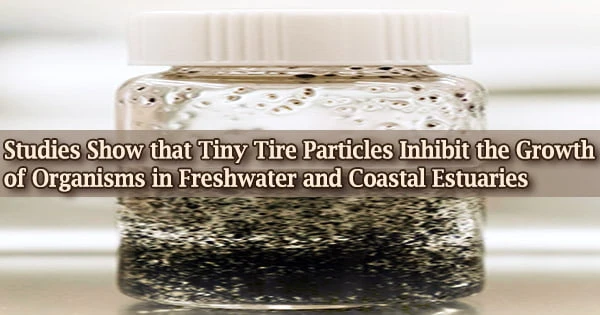Methane is produced by livestock as part of their normal digestive processes. Some feed additives can reduce methane emissions by inhibiting the microorganisms that produce methane in the rumen.
Mitigation of methane emissions has been identified as critical to combating climate change. Intensive research over the last decade has led to a better understanding of the factors that contribute to enteric methane emissions in dairy cattle.
Researchers from The Pennsylvania State University (University Park, PA, USA) and the International Livestock Research Institute (Nairobi, Kenya) shared their findings from a meta-analysis of studies on possible mitigation solutions in a recent article in the Journal of Dairy Science, published by FASS Inc. and Elsevier. The authors came to the conclusion that some methane inhibitors and dietary changes could reduce emissions while having no negative impact on milk production.
Livestock is responsible for 94% of methane emissions in agriculture in the United States. “Governments and the public are interested in finding solutions to climate change, and it is believed that reducing agricultural greenhouse gas emissions is part of the solution,” said lead author Alexander N. Hristov, PhD, of The Pennsylvania State University. The authors estimated that implementing available mitigation measures, such as reducing methane emissions in dairy cattle, could slow global warming by about 30% over the next decade.
We conclude that widespread adoption of proven mitigation strategies by the livestock industries will be dependent on cost, government policies and incentives, and consumer willingness to pay a higher price for animal products with a lower carbon footprint.
Alexander N. Hristov
However, the authors discovered that there are trade-offs to mitigation efforts that must be considered. Feeding a higher oil diet to livestock, for example, may reduce emissions but negatively impact feed intake, rumen function, and animal performance, particularly milk components in dairy cows.
According to the authors’ findings, dairy cows fed the methane inhibitor 3-nitrooxypropanol (3-NOP) had a 30% reduction in daily methane emissions or emissions yield and intensity, with no effect on dry matter intake, milk production, or body weight, and an increase in milk fat percentage and yield.

Increasing digestible forage intake is another recommended strategy that has the potential for decreasing the intensity of enteric methane emissions. Other options include replacing grass silage with corn silage in the diet, although those results may be less consistent. In addition, the red macroalga Asparagopsis taxiformis has a strong mitigation effect, but studies are needed to determine its feasibility, long-term efficacy, and effects on animal production and health.
Some of the mitigation strategies may result in rebound effects or come with higher costs or more labor-intensive practices for the livestock industry. “Therefore, efficacy, although critically important, is only one piece of the complex puzzle of adoption of mitigation strategies for livestock GHG emissions,” said Hristov.
“We conclude that widespread adoption of proven mitigation strategies by the livestock industries will be dependent on cost, government policies and incentives, and consumer willingness to pay a higher price for animal products with a lower carbon footprint.”
Methane-reducing feed additives and supplements work by inhibiting methanogens in the rumen, lowering enteric methane emissions. Methane-reducing feed additives and supplements work best when grain, hay, or silage are included in the diet, particularly in beef feedlots and dairies.
















